The APA102C isn't "addressable" in the I2C sense. Rather, it is addressable based on its position in a serially-connected array of LEDs. (This is similar to WS2812-based LEDs, but the APA102C has a data and clock line while the WS2812 has only a single data line and uses different widths to differentiate 1 and 0.) They receive data more like SPI, without addressing (but also without chip select (CS)).
The horribly-formatted datasheet has this section:

This appears to show that 32 bits are read by each LED, processed, and additional 32-bit "LED frames" are passed onto subsequent LEDs.
There is an excellent write-up on driving these by Tim aka cpldcpu, which I discovered via another article by Ethan Zonca at Hackaday. Additionally, there's an earlier article by Tim which is more of an introduction.
The summary or conclusion is that there are some interesting pros and cons with the APA102 protocol. Tim concludes by explaining the structure of each update of the LED string as follows:
- A start frame of 32 bits set to 0
- A 32-bit frame for each LED in the string
- An end frame with a minimum number of bits set to 1 depending on the number of LEDs in the string.
(I'm attempting not to plagiarize, but replicating the information here in case of link rot.)
For more information, definitely check out the links I included.
